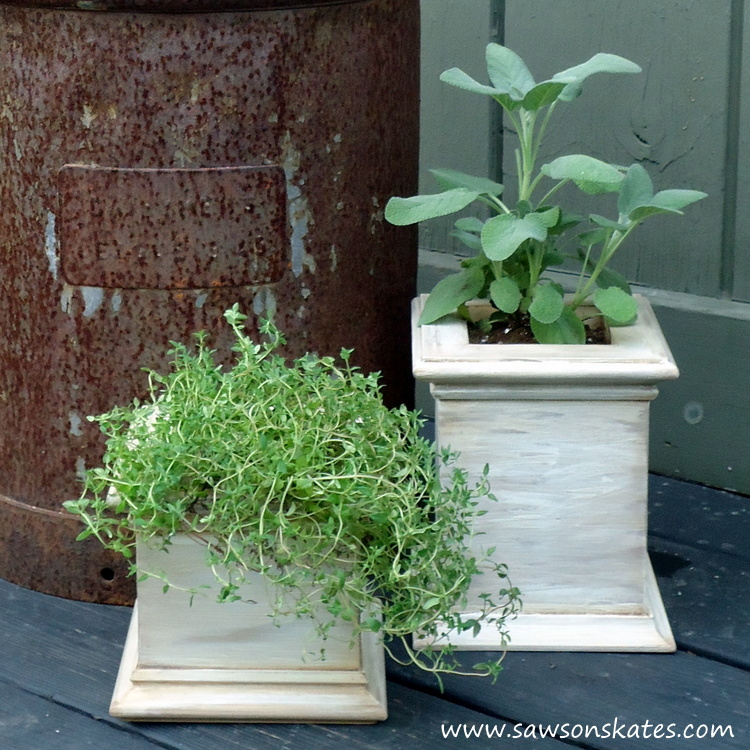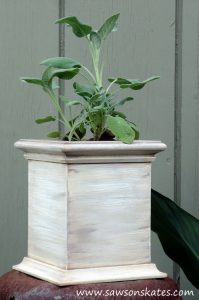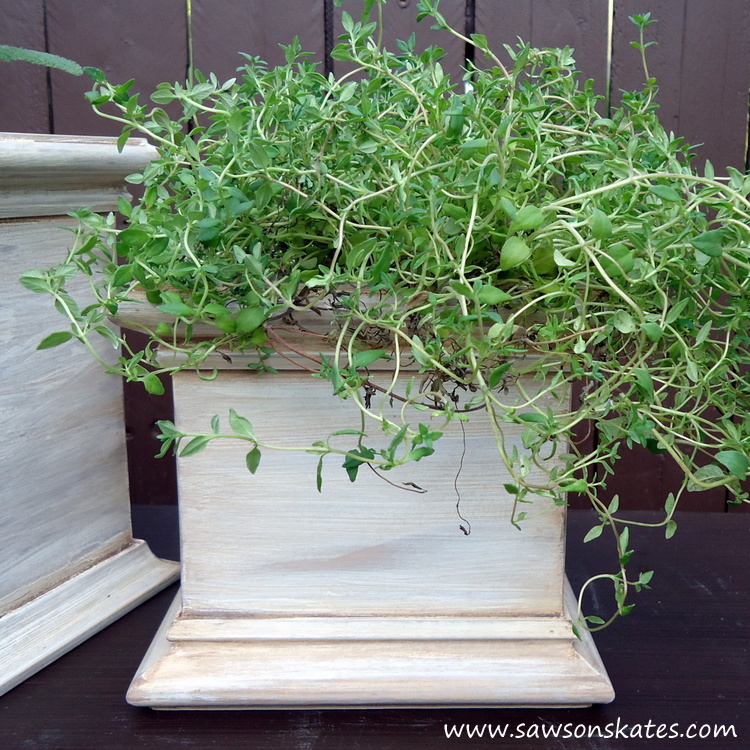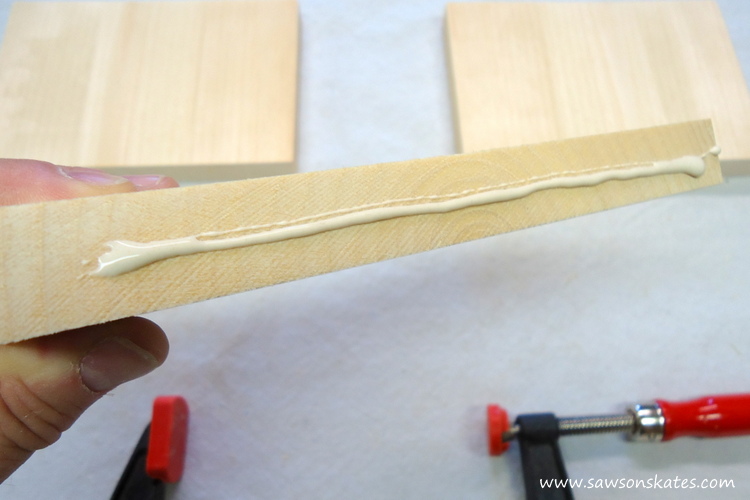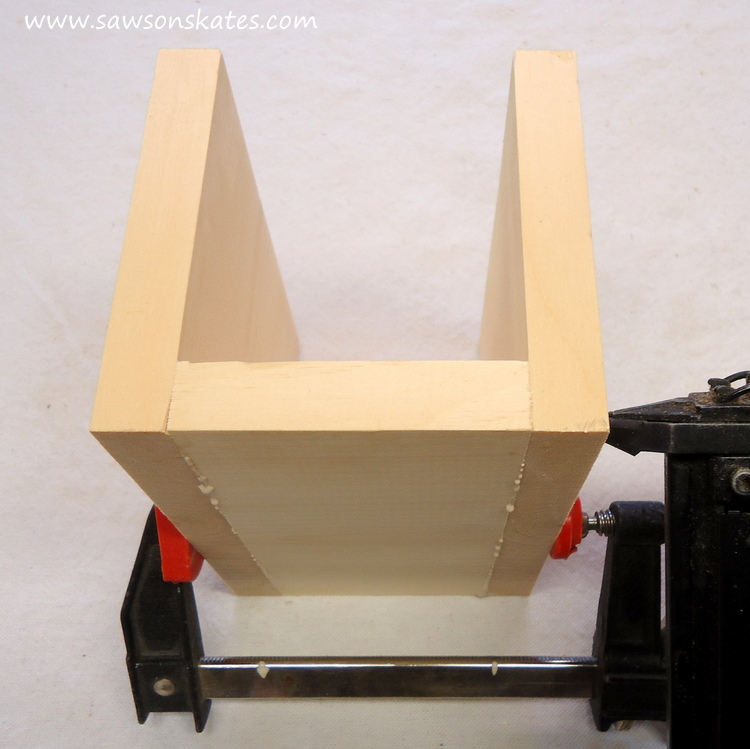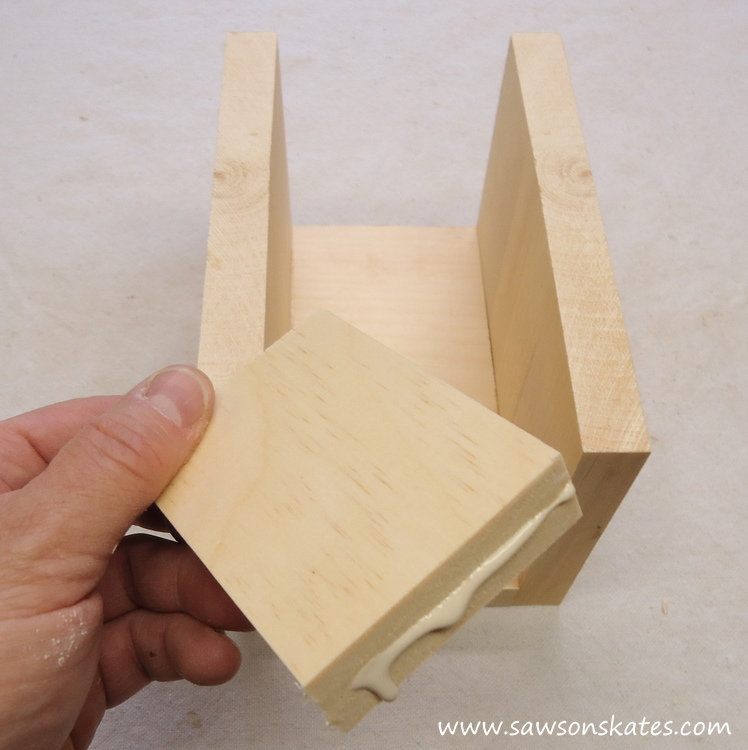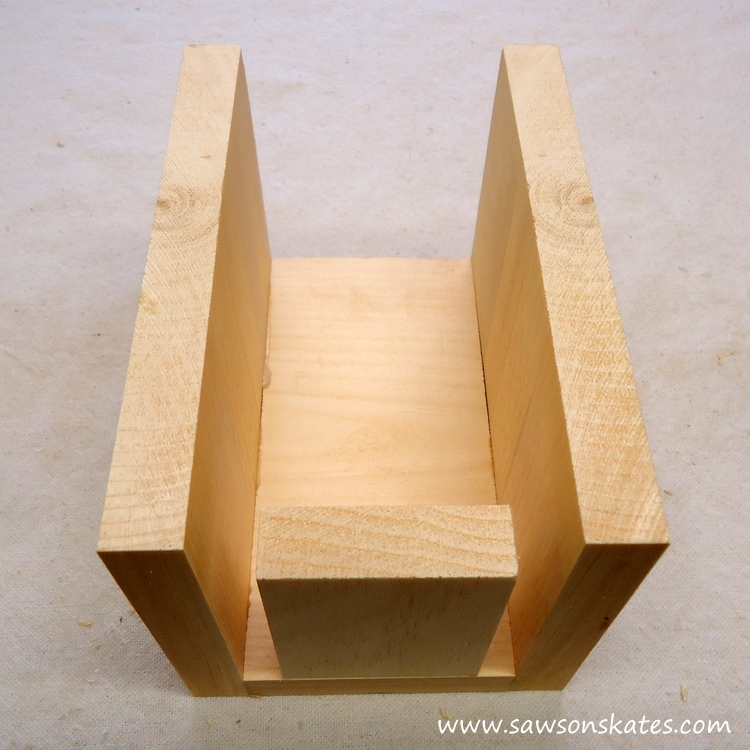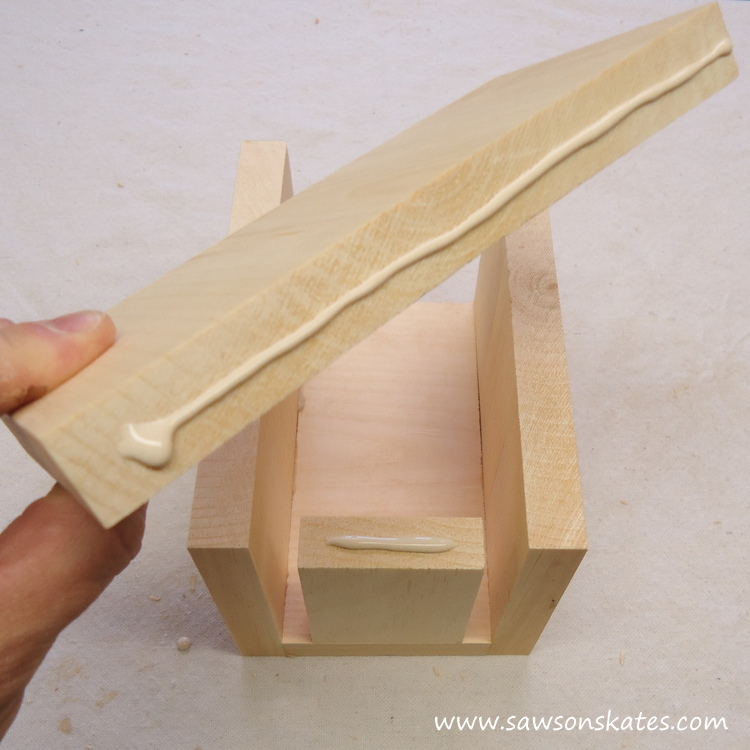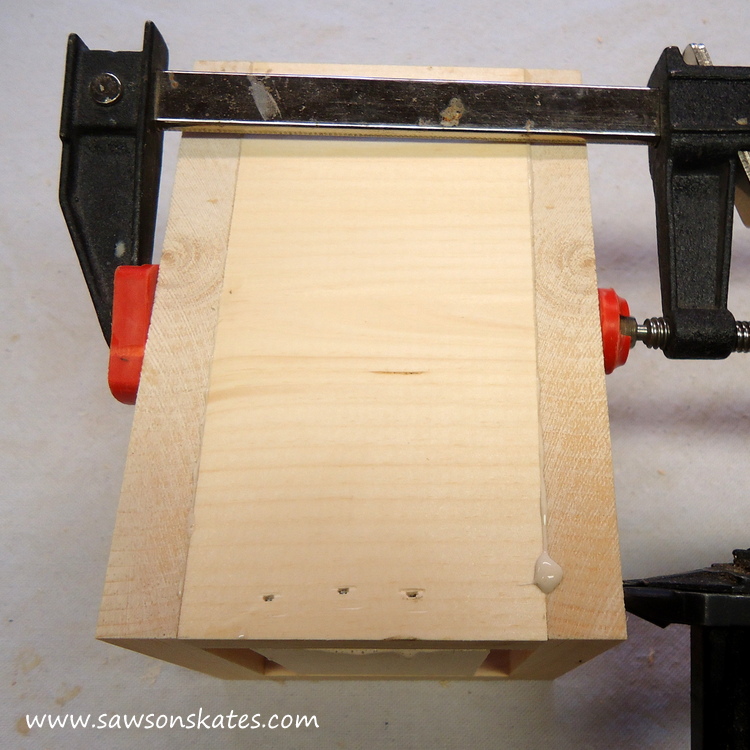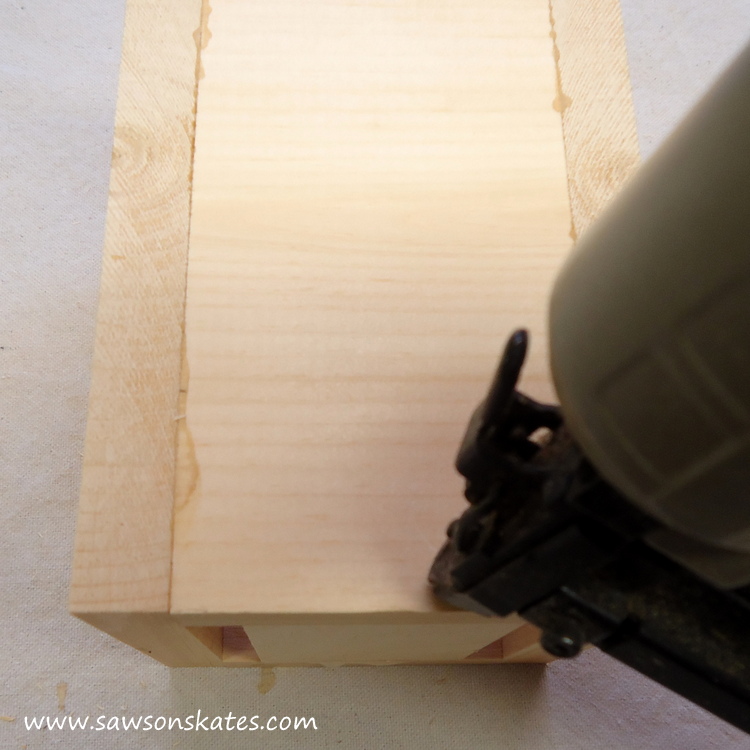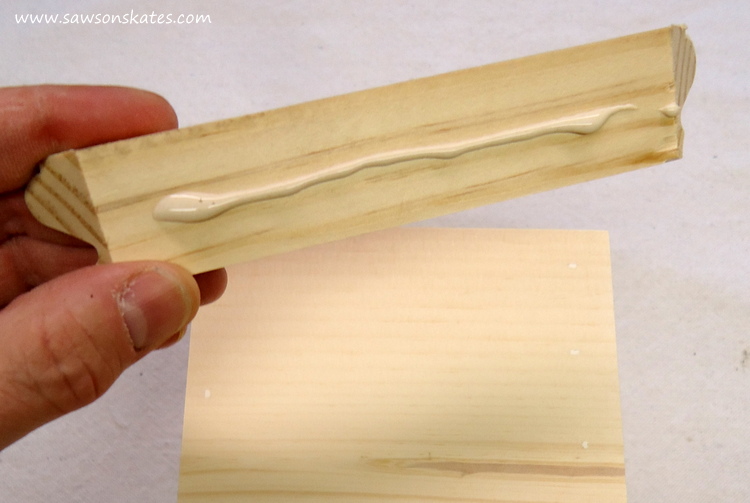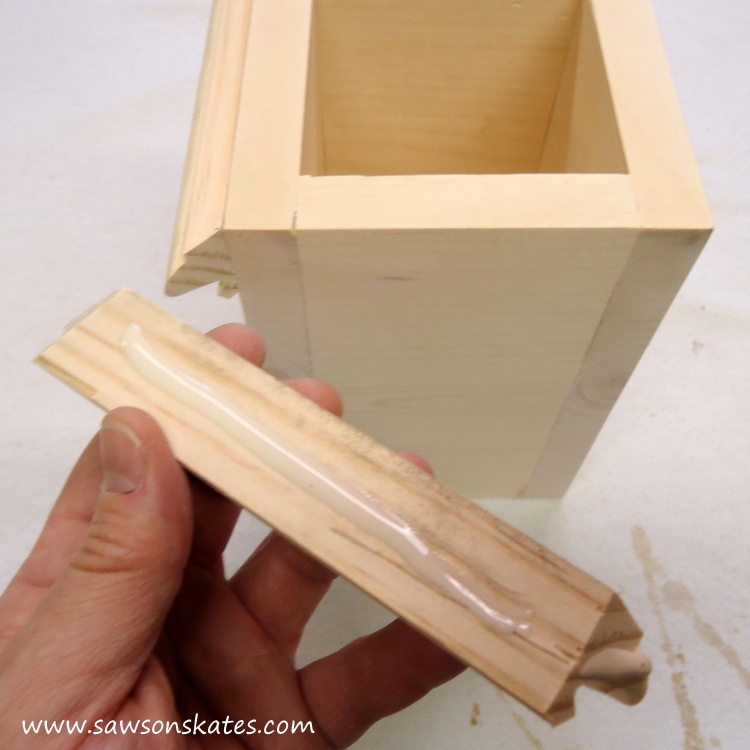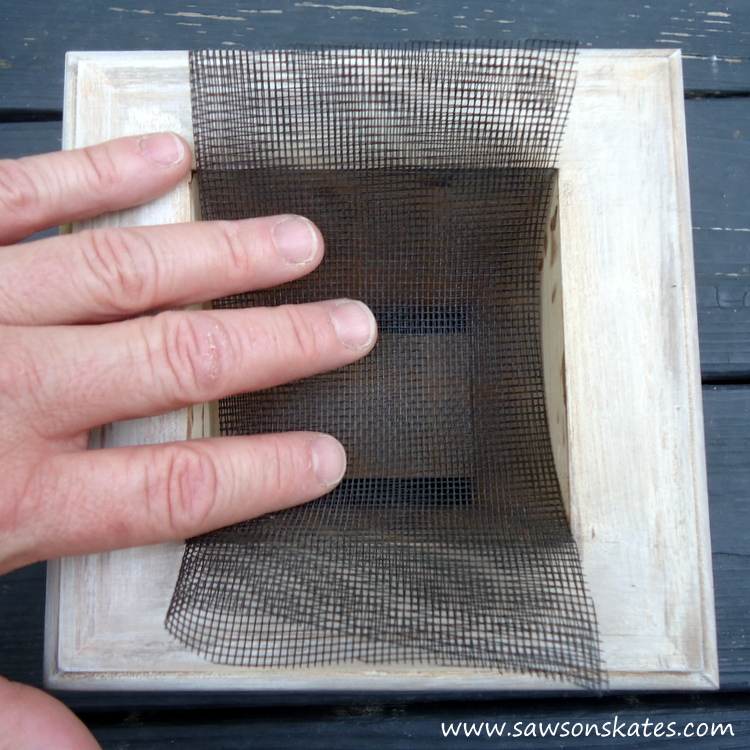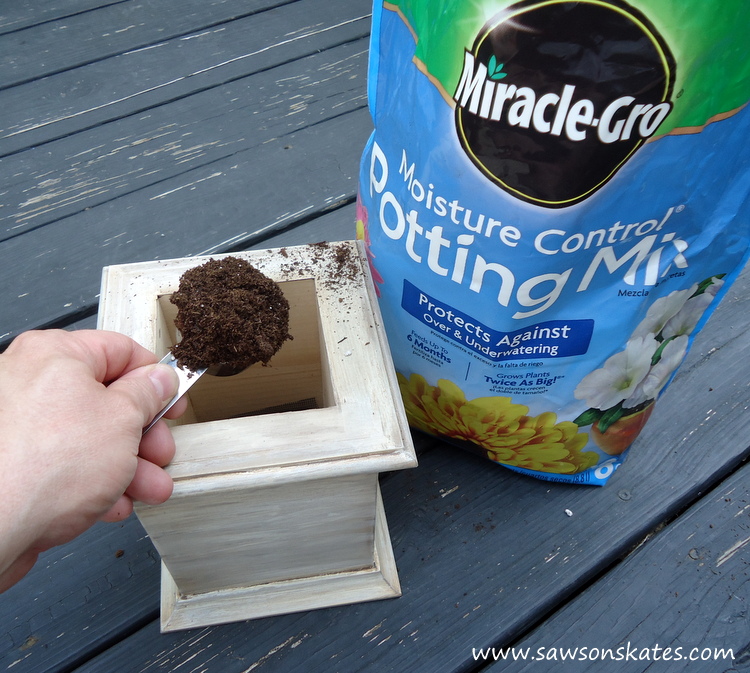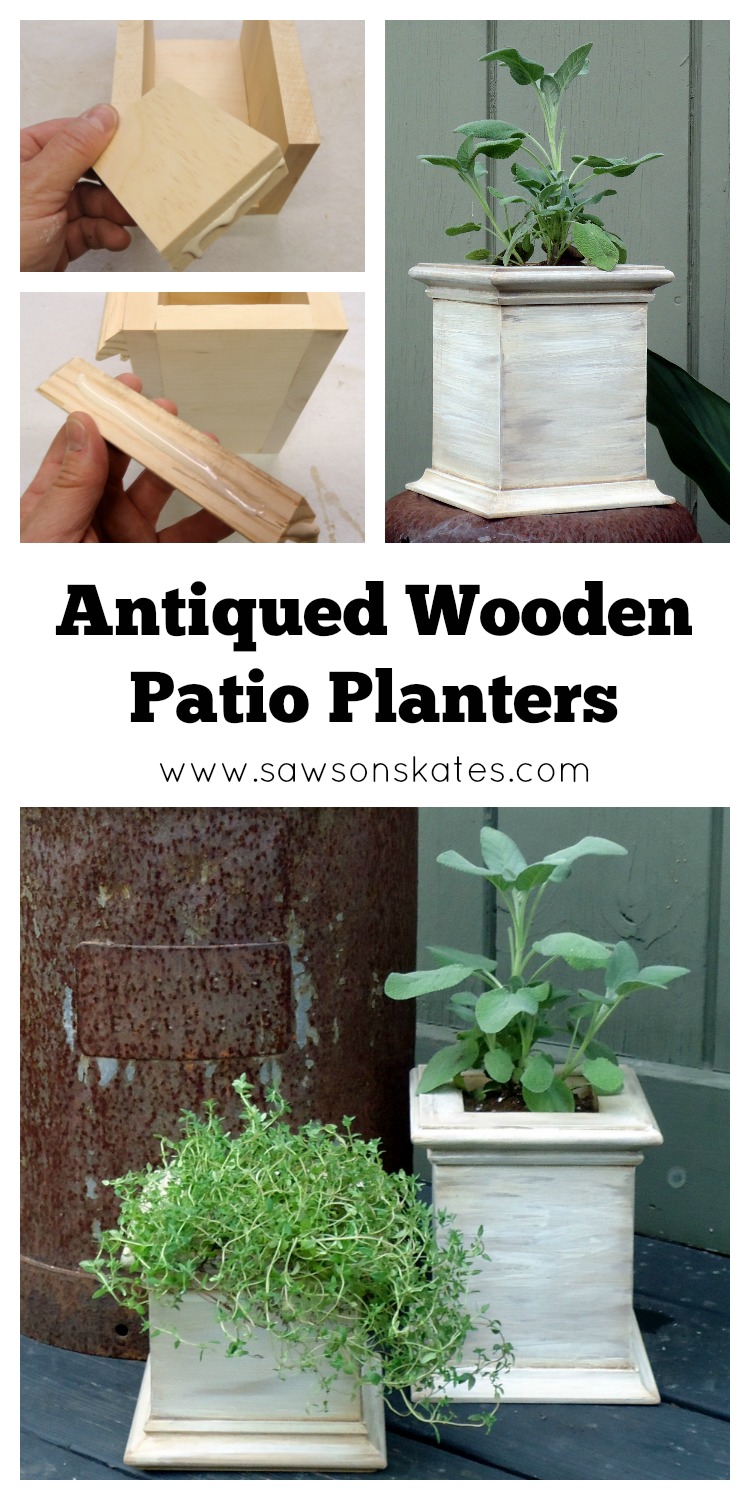DIY Antiqued Wooden Patio Planters
Hey there friends! Today we’re heading to the workshop to build these antiqued wooden patio planters. These were made entirely with scrap wood and trimmed with scrap molding. Not only are they going to look great on my patio, but they are my favorite “f” word… FREE!
For your convenience this post contains affiliate links to products or tools I used to complete this project. Click here to visit my site policies.
Where do you like to spend your summers? For me, I love hangin’ on my patio. Recently I’ve updated the garden gate and have been working to give the patio the feel of a tropical vacation destination with some DIY decor.
One of the ways I create the illusion of a tropical destination is by filling the patio area with container plants. It seems tropical locales are always filled with clusters of container plants.
Just when I think I might have too many containers, I add a few more! Some of the containers are store bought, but lately I’ve been getting into building my own planters. And that’s what I’m doing today. I’m DIYing these antiqued wooden patio planters to add to my container plant mix!
First I painted the antiqued wooden patio planters with a grey chalk paint, then added a second coat of a white chalk paint. Once they were dry I lightly sanded and topped it with chalk paint antiquing wax.
I was going for more of a “chippy” paint finish, but it’s been a while since I painted a project with a chippy paint finish. I guess I’m out of practice. Oh well, I’m still really pleased with the way they turned out.
These are so easy to make and a perfect way to use your scrap wood. The planting area inside the container is 3-1/2″ x 3-1/2″, but you can customize them for larger or multiple plants. All you have to do is adjust the length of the sides to make them longer. Let’s quit talking and start making some saw dust!
DIY Antiqued Wooden Patio Planters
Supplies
1×6 – about 18”
1×8 – about 18”
Molding of your choice – I used base cap and cove molding. About 24” of molding is needed to wrap one end of the planter.
1” finish nails
1-1/4” finish nails
Exterior wood glue
Ready Patch
Window screen
Chalk Paint
Miracle-Gro Moisture Control Potting Mix
Tools
Stanley FatMax Tape Measure
Miter Saw
Bar Clamp
Hammer or nail gun
Note: This plan makes two planters – one tall and one short planter.
Step 1. Cut the Sides. Cut 2 pieces of 1×6 to 3-1/2” and cut 2 pieces of 1×8 to 3-1/2”.
Step 2. Cut the Front and Back. Cut 2 pieces of 1×6 to 5” and cut 2 pieces of 1×8 to 5”
Step 3. Cut the Bottoms. Cut 2 pieces of 1×2 to 3-1/2″.
Step 4. Assemble the Container. Apply glue to both edges of a 1×8 side.
Clamp the 1×8 front and 1×8 back in position making sure the edges are flush, and attach using 1-1/4” finish nails.
Place the side on your workbench, apply glue to the bottom.
Center the bottom on the side.
Apply glue to the other edge of the bottom and to both edges of the 1×8 side.
Clamp in position and attach using 1-1/4” finish nails.
Flip over and attach the other side of the bottom using 1-1/4” finish nails. Repeat Step 4 assembly instructions for the 1×6 container.
Step 5. Attach the Molding. Cut a 45 degree angle on one end of the molding, place the molding in position and mark the other end for the next cut. Apply glue to molding and attach using 1” finish nails.
Continue applying molding around the container. Need more info about installing molding and miter cuts? Please check out my step-by-step miter cut tutorial.
All that’s left is to fill the nail holes with Ready Patch and apply the finish of your choice. To prep the container for planting, insert a small piece of window screen inside the container to keep the soil from washing out.
Then add some Miracle-Gro Moisture Control Potting Mix, drop in some plants (I went with some herb plants) and display your antiqued wooden patio planters!
PIN THIS!

